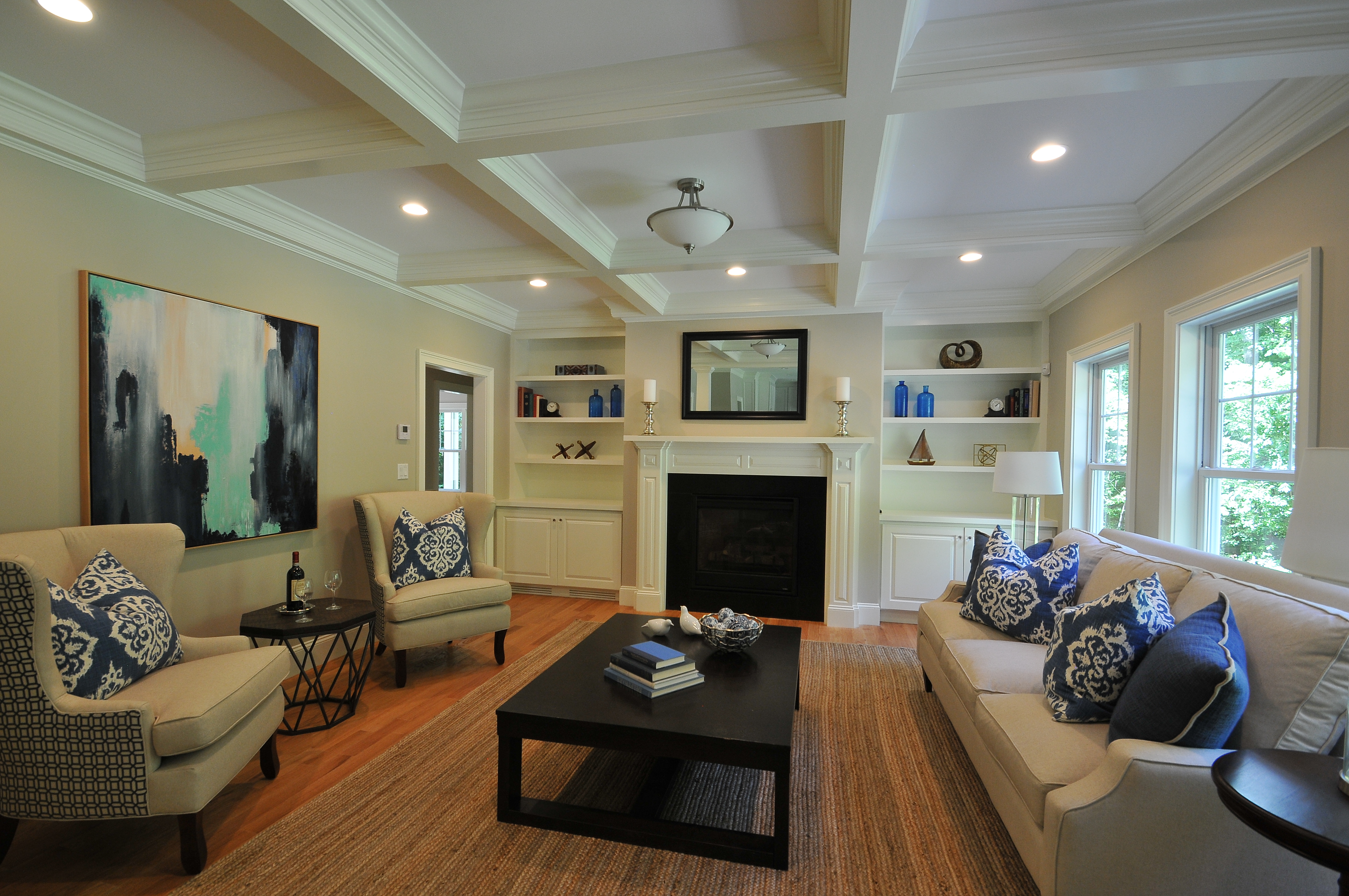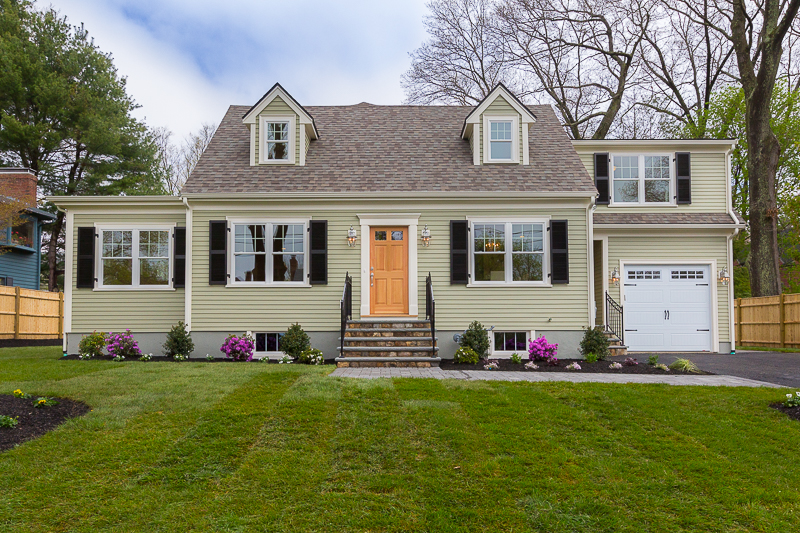Accrual vs Cash Accounting Methods: Pros & Cons for Contractors
Content
Accounting standards bodies and the IRS have responded with many optional methods for construction industry accounting. Total allocable contract costs for the new taxpayer are the allocable contract costs as defined under paragraph of this section incurred by either the old taxpayer prior to, or the new taxpayer after, the transaction. Thus, any payments between the old taxpayer and the new taxpayer with respect to the contract in connection with the transaction are not treated as allocable contract costs. The constructive completion rules in this paragraph apply to transactions that result in a change in the taxpayer responsible for reporting income from a contract and that are not described in paragraph of this section. Constructive completion transactions generally include, for example, taxable sales under section 1001 and deemed asset sales under section 338. Follow-on contracts) are not included in estimated total allocable contract costs for the initial contract. These are contracts for work on buildings that have four or fewer dwelling units.
- A taxpayer must estimate the total contract price based upon all the facts and circumstances known as of the last day of the taxable year.
- The look-back method does not apply to a terminated contract that is subject to this paragraph .
- For those considering the adoption of the cash method under the Tax Cuts and Jobs Act, there is a key distinction based on a contractor’s corporate structure.
- A developer that wants to change to or from the CCM also can apply for a change in accounting method.
- With PCM, continuous payment is made in installments whenever certain goals are met, such as the foundation being completed or siding being finished.
- Furthermore, for taxpayers who bill aggressively the accrual method may not make sense as overbillings are taxable under this method.
- The small contractor exemption only applies to contractors who meet the two-year requirement and receipts threshold.
To calculate the amount of revenue recognized, you would divide the recognized expense per year by the total cost of the project, and then multiple this by the total amount paid to the company constructing the building. In short, when using the cash method, income and expenses are recognized when cash is received or when expenses are paid. The cash method is most favorable when a taxpayer has large receivable balances and smaller payable balances. The good news is that there are options for accounting for long-term contracts for income tax purposes that many small contractors are not currently taking advantage of. To offset the potential for accelerated income, companies may elect a 10% method, which defers recognition of revenue or costs until a job is at least 10% complete. It may be useful in instances when a contract commences toward the end of a tax year.
What is a construction contract?
In Year 2, Y reports receipts of $80,000 (the completion factor multiplied by the total contract price [($50,000/$125,000) × $200,000] and costs of $50,000 , for a profit of $30,000. For Year 3, Y reports receipts of $120,000 (total contract price minus receipts already reported ($200,000 − $80,000)) and costs of $75,000, for a profit of $45,000. The percentage of completion method of accounting requires the reporting of revenues and expenses on a period-by-period basis, as determined by the percentage of the contract that has been fulfilled.
X’s basis in its interest in PRS immediately prior to the distribution is $150,000 (X’s $100,000 initial contribution, increased by $37,500, X’s distributive share of Year 1 income, and $12,500, X’s distributive share of Year 2 income). X’s total contract price is $200,000 (the amount remaining to be paid under the terms of the contract less the consideration allocable to the contract ($350,000-$150,000)). For Year 2, X reports receipts of $80,000 (the completion factor multiplied by the total contract price [($50,000/$125,000) × $200,000]) and costs of $50,000 , for a profit of $30,000. For Year 3, X reports receipts of $120,000 (the total contract price minus receipts already reported ($200,000 − $80,000)) and costs of $75,000, for a profit of $45,000. In Year 2, X incurs additional costs of $400,000 before selling the contract as part of a taxable sale of its business in Year 2 to Y, an unrelated party. At the time of sale, X has received $650,000 in progress payments under the contract. The consideration allocable to the contract under section 1060 is $150,000.
Attention Small Business Owners: Additional Tax Estimates Due June 15
Revenue, expenses, and gross profit are recognized each period based on the percentage of work completed or costs incurred. The four most common accounting methods used for contracting and construction companies are the cash method, the accrual method, the completed contract method , and the percentage of completion method . For Year 3, PRS reports receipts of $103,448 (the total contract price minus prior year receipts ($1,000,000 − $896,552)) and costs of $75,000, for a profit of $28,448. The profit for Year 3 is shared equally among T, X, Y, and Z ($7,112 each).
- The steps required in a project’s journey to completion are importation to how successful the project will be.
- C reasonably estimates that the total allocable contract costs will be $600,000.
- Because C is assured a profit of $40,000 ($1,000,000 − $10,000 − $950,000) in 2002 even if the dispute is resolved in B’s favor, C must take this $40,000 into account in 2002.
- It is important to meet with your tax advisor to discuss what methods are most beneficial for your company.
- If a taxpayer incurs an allocable contract cost after the completion year, the taxpayer must account for that cost using a permissible method of accounting.
Trickle-Up Economics Describes the best tax policy for any country to maximize happiness and economic wealth, based on simple economic principles. Total Contract Price $4,000,000 $4,000,000 $4,000,000 Lookback Gross Income $413,793 $1,655,172 Lookback Expenses $300,000 Accounting Methods For Long $1,200,000 Note that because income must be claimed for the 1st year, deductions of actual expenses must also be claimed. Therefore, in the 2nd year, the amount claimed in the 1st year must be subtracted from the amount originally claimed of $1,500,000.
Accounting methods for construction contractors
In 2003, C will earn an additional $4,000 profit ($1,000,000 − $956,000 − $40,000) from the contract with B. Thus, C must take into account an additional $10,000 of gross contract price and $6,000 of additional contract costs in 2003.
Construction companies face an imposingly complex choice when it comes to their accounting methods. Because no two projects are ever alike, and your earnings may fluctuate https://accounting-services.net/ from year to year, it’s important to know your options. The accrual method is not the best choice for companies paid in cash soon after completing the job.
How Is Construction Accounting Different?
Furthermore, for taxpayers who bill aggressively the accrual method may not make sense as overbillings are taxable under this method. Larger companies are also required to use a look-back approach once a job is complete.
Which method of revenue recognition is most commonly used?
Cost-recoverability method
Under this method, which is the most conservative revenue recognition method, you can recognize revenue only after you have recouped all the costs associated with the contract.
The method of accounting will depend on the types of contracts the contractor works on. For example, a contractor will be using the POC method for non-exempt long-term contracts, completed contract method on home construction contracts, and accrual less retainage on short-term contracts. The completed contract method may be the most popular method for accounting for long-term contracts exempt from the Percentage-of-Completion requirements. CCM works such that revenue and costs on contracts are not recognized for income tax purposes until the contract is completed—or over 95% complete—and can be used for its intended purpose. The CCM in many cases results in the largest deferral for income tax purposes. The 2018 tax law increased the AMT exemptions for individuals, however AMT continues to apply.
This Portfolio supplies taxpayers with guidance in applying the long-term contract accounting methods and the special set of tax accounting rules provided by the Internal Revenue Code. Because the distribution of a contract accounted for under a long-term contract method of accounting is the distribution of an unrealized receivable, section 751 may apply to the distribution. A partnership that distributes a contract accounted for under a long-term contract method of accounting must apply paragraph of this section before applying the rules of section 751 to the distribution. The partner receiving the distributed contract is treated as the new taxpayer for purposes of paragraph of this section.
Accounting method refers to the rules a company follows in reporting revenues and expenses in accrual accounting and cash accounting. Percentage of completion method is vulnerable to abuse by unethical companies. Those who wish to engage in creative accountingcan easily move around income and expenses from one period to another period, understating or overstating amounts. This game would not be sustainable, however, as Toshiba Corp. discovered in 2015. The infrastructure unit of the Japanese conglomerate understated operating costs by approximately 152 billion yen ($1.2 billion) between 2008 and 2014.



